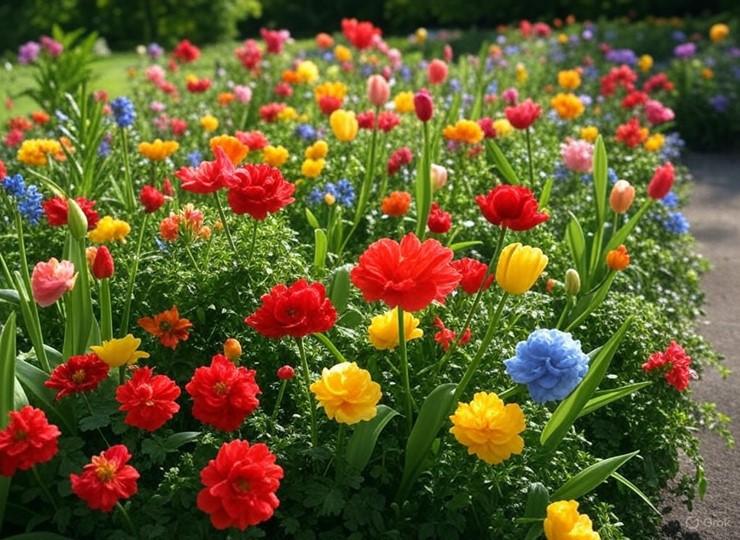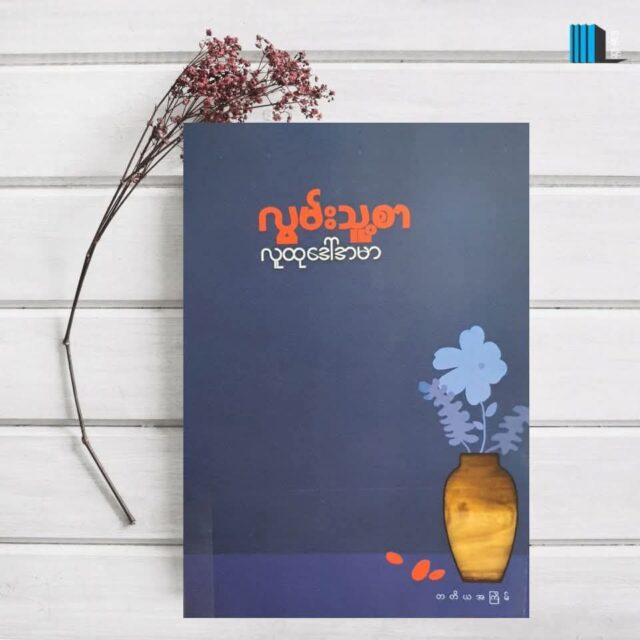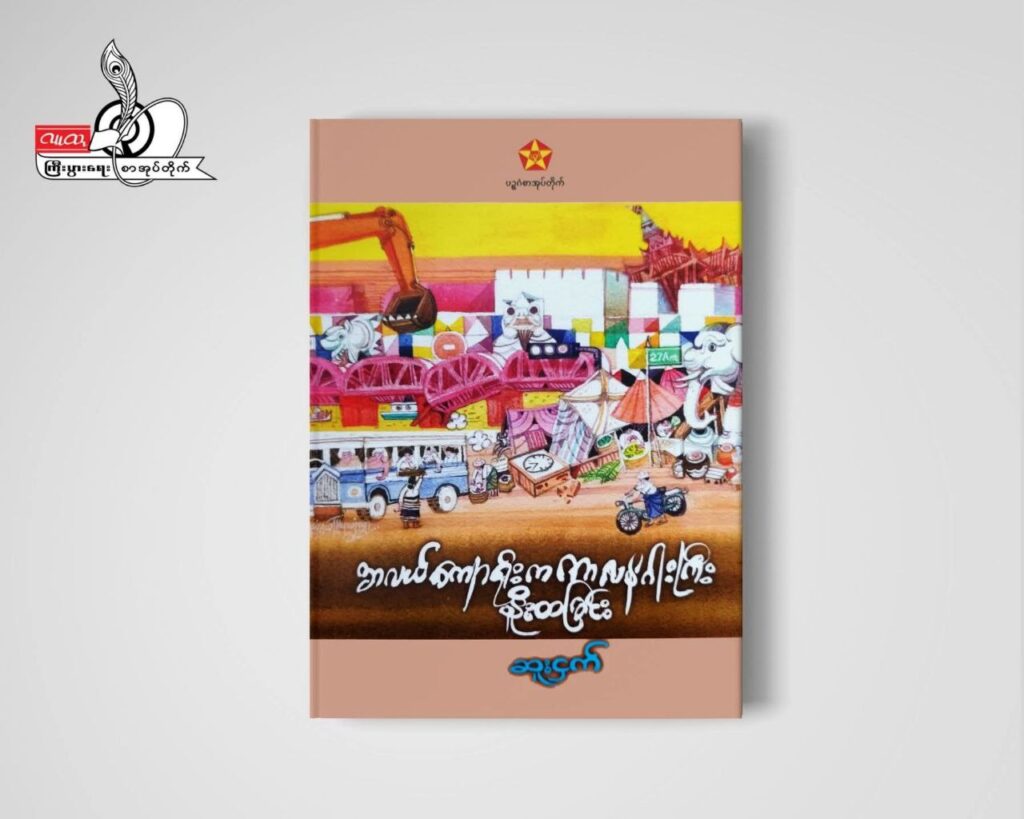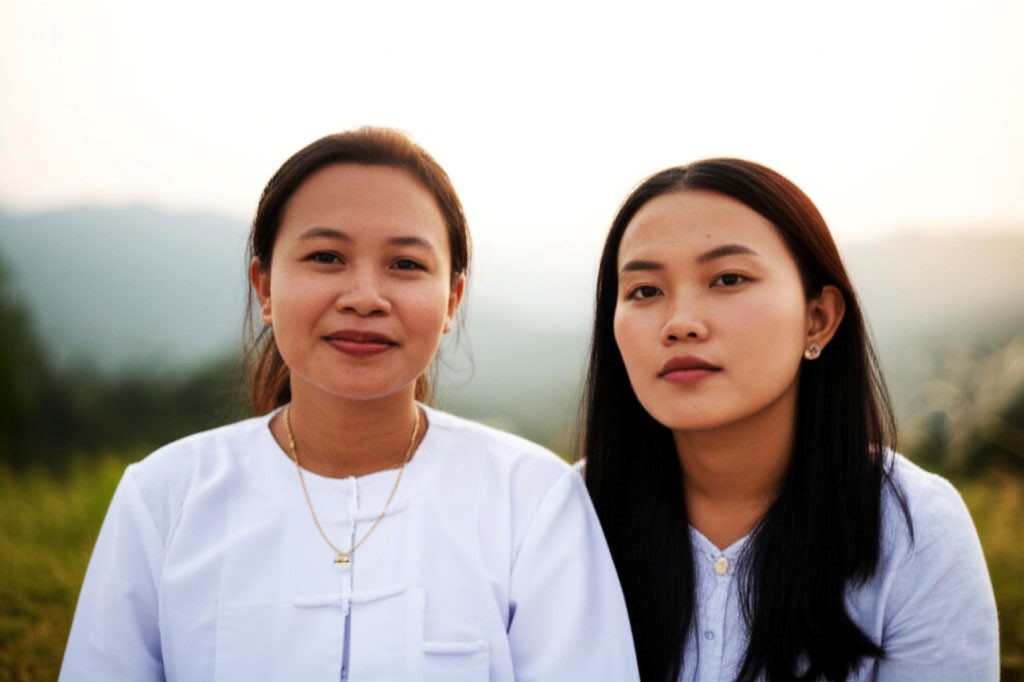The Language of Colours
Posted_Date
Image

Body
We live in a vibrant world of colours, don’t we? Colours surround us, shaping our perceptions and emotions in ways we often take for granted. We describe a clear blue sky, a deep red rose, as white as snow, or as black as coal. These phrases are so common that we rarely pause to consider how deeply colours are woven into the fabric of our language and culture. In English, many everyday expressions draw from colours to convey emotions, situations, and identities. Beyond English, colours hold profound meanings in various cultures, including Myanmar, where they carry spiritual, social, and historical significance. Now, let’s explore the world of colours, their universal expressions, and their unique role in Myanmar’s rich tapestry.
Colours in Emotions and Expressions
Colours often serve as metaphors for our feelings. When we say we’re feeling blue, we mean we’re sad or lonely, a sentiment echoed in the soulful genre of music called the blues, born from the hardships of African-Americans. The phrase “out of the blue” describes something unexpected, like a sudden phone call from an old friend, while “once in a blue moon” refers to rare events, such as a family reunion after years apart. In professional contexts, “blue-collar” workers are those in manual labour, distinguished from “white-collar” office workers, a distinction rooted in the uniforms worn historically.
In my country, the colour blue holds a serene significance. It is often associated with peace and tranquillity, reflected in the calm waters of Inlay Lake or the clear skies above Bagan’s ancient pagodas. Blue is also prominent in traditional attire, such as the longyi worn by both men and women, where soft blue hues symbolize modesty and harmony. During festivals like Thingyan, the Myanmar New Year water festival, blue decorations adorn homes, signifying renewal and purity as people cleanse the old year’s troubles.
Moving to pink, the colour carries political and personal connotations. Calling someone “pink” in English suggests mild socialist leanings, while “in the pink” means being in excellent health, as celebrated in the 1950s song lyric, “Enjoy yourself while you’re still in the pink”. Interestingly, the little finger is nicknamed a “pinkie”, a term of endearment for something small yet significant.
However, here, pink is less political but deeply cultural. It is a popular colour for women’s clothing, especially in delicate shades worn during religious ceremonies. Pink flowers, like lotuses, are offered at pagodas, symbolizing purity and devotion in Buddhist traditions. During the Tazaungdine Festival, when pagodas are illuminated, pink lanterns often glow alongside golden lights, creating a festive atmosphere that blends joy and spirituality.
Red, a bold and fiery colour, is loaded with meaning. Politically, being “red” denotes strong leftist or communist views. Emotionally, to “see red” is to be consumed by anger. In business, being “in the red” signals financial loss, while in sports, a red card in football means ejection for rule-breaking. To “paint the town red” is to revel wildly, perhaps bar-hopping late into the night. Red also appears in positive contexts: we “roll out the red carpet” for VIPs, celebrate “red-letter days” for special occasions, or describe vibrant music as “red hot.” To be “caught red-handed” is to be nabbed in the act of wrongdoing, a phrase rooted in the imagery of blood-stained hands.
Similarly, in our country, red is a colour of passion and reverence. It dominates religious settings, where red robes worn by monks signify their spiritual commitment. Red is also prominent in Nat (spirit) worship, where offerings of red cloth are made to appease guardian spirits. During weddings, brides often wear red accents in their attire, symbolizing love and prosperity. The red of the Myanmar national flag represents courage and solidarity, a reminder of the country’s struggle for independence. In rural markets, red betel leaves are sold widely, their vibrant hue a staple in daily life as people chew betel quid for its stimulating effects.
Yellow, meanwhile, can carry contrasting meanings. Calling someone “yellow” in English implies cowardice, a lack of bravery. In football, a yellow card serves as a warning for minor infractions. Yet, yellow ribbons in the United States symbolize welcome, tied around trees to greet returning soldiers. Yellow is also the colour of sunshine and optimism, brightening moods universally.
However, yellow, in Myanmar, is sacred and royal. Saffron and golden yellow hues are associated with Buddhism, seen in the robes of monks and the gilded domes of pagodas like Shwedagon in Yangon. During the full moon of Kason, yellow flowers are offered to commemorate the Buddha’s birth, enlightenment, and passing. Yellow also appears in traditional astrology, where it is linked to specific days of the week, influencing decisions like what to wear or which rituals to perform.
Black is a colour of contrasts. In fashion, it’s timeless and chic, the go-to for elegance and martial arts’ highest belts. Yet, black also evokes mystery or fear, as in black holes, black magic, or black spirits. Positively, a company “in the black” is profitable, but a “black sheep” is an outcast, someone who deviates from family norms.
In Myanmar, black is less common in daily attire but holds cultural weight. Black ink is used in traditional tattoos, believed to offer protection from harm, a practice rooted in ancient warrior traditions. Black is also the colour of mourning, worn during funerals to express grief and respect for the deceased. In contrast, black stones like jade are prized in Myanmar’s gem markets, symbolizing wealth and endurance. The black of a starry night sky inspires awe, often depicted in local art as a backdrop to golden pagodas.
Colours as Identity and Communication
Colours also define group identity. School uniforms, military attire, or sports team jerseys use colours to foster belonging. National flags, with their unique colour schemes, encapsulate a country’s history and values. In Myanmar, the national flag’s yellow, green, and red stripes, with a central white star, represent unity, peace, and bravery. During international events like the Southeast Asian Games, Myanmar fans wave these colours proudly, signalling their national pride.
Colours communicate instantly. Traffic lights use amber, red, and green to guide drivers with clear instructions: slow down, stop, go. In business, colour choices are strategic – a bank’s calm blue logo projects trust, while fast-food chains use red and yellow to stimulate appetite and urgency. In Myanmar, businesses often incorporate gold in their branding, evoking prosperity and divine favour, a nod to the country’s Buddhist heritage. During festivals, colourful kadaw cloths – offered to monks—signal respect and generosity.
Colours in Myanmar’s Cultural Fabric
Myanmar’s relationship with colours extends beyond universal metaphors, deeply rooted in its spiritual and social life. The country’s astrology system assigns colours to each day of the week, influencing personal choices. For example, Monday is linked to cream or white, encouraging people born on that day to wear light colours for luck. Saturday, associated with black or dark purple, might inspire someone to choose darker tones for important occasions. This practice underscores how colours guide daily decisions, from clothing to rituals.
Festivals in Myanmar are a riot of colours. During Thingyan, streets come alive with multicoloured water balloons and vibrant decorations, symbolizing joy and renewal. The Thadingyut Festival of Lights sees homes adorned with green, yellow, and white lanterns, celebrating the Buddha’s return from the heavens. These colours aren’t arbitrary – they carry spiritual weight, connecting participants to their faith and community.
In traditional arts, colours tell stories. Myanmar’s yoke thé (marionette) puppets are painted in vivid reds, blues, and golds, each hue reflecting a character’s role – red for passion, blue for wisdom, gold for divinity. Similarly, thanaka, the yellowish paste applied to faces, is both a beauty mark and a symbol of protection, its earthy tone blending with the skin to create a unique cultural signature.
Colours also mark life’s milestones. At a Myanmar wedding, the bride’s golden jewellery and the groom’s green taikpon jacket symbolize wealth and fertility. In contrast, white dominates funerals, representing purity and the soul’s journey to the next life. Even in cuisine, colours play a role – think of the vibrant green of tea leaf salad or the rich orange of mohinga, Myanmar’s national dish, each hue inviting the senses.
The Power of Colour
Colours shape our world, from the words we use to the identities we embrace. They convey emotions, signal intentions, and bridge cultures. In Myanmar, colours are more than visual – they’re spiritual, historical, and personal, woven into the nation’s festivals, beliefs, and daily rhythms. Without colour, life would indeed be dull, stripped of the vibrancy that defines our experiences. By understanding what colours represent, we deepen our connection to the world, appreciating the hues that paint our lives with meaning.
Source: The Global New Light of Myanmar






